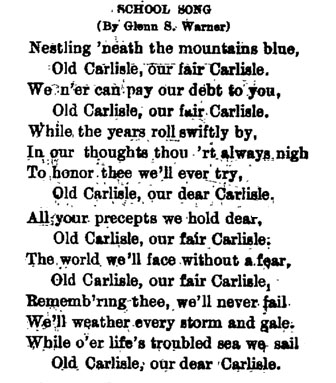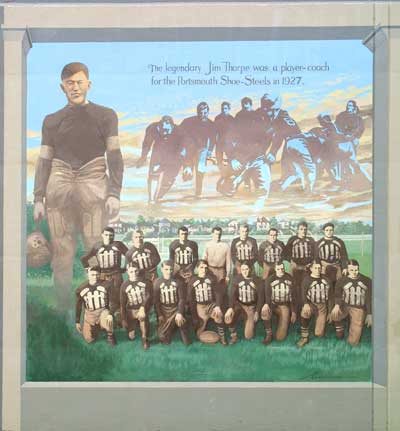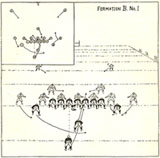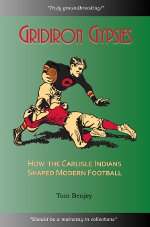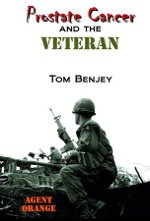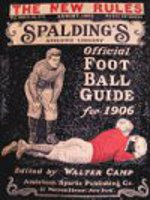I just found out that, like almost everyone else interested in the Carlisle Indian School, I had been snookered. The trickster is a major figure in American Indian lore and another one has been brought to my attention. I bought the idea that Wauseka was Emil Hauser’s Cheyenne name. Now I learn that he made it up as a joke.
Pete and Emil Hauser were friends of Mike Balenti as was Albert Exendine and they visited him in his home in Oklahoma after all left Carlisle. It was during one of these visits that the joke was shared and Balenti’s son heard it. It turns out that Emil Hauser made up the name on a lark and it stuck. Knowing this raises a lot of questions, the answers for which can only be speculated.
When and where he coined his name is not known, but something is known about a similar action taken by his old teammate Charles Guyon. When Guyon and Hauser were both attending, and playing football for, Haskell Institute, Guyon would play summer baseball in the Midwest. When interviewed by one-too-many a newspaper reporter who couldn’t pronounce his Chippewa name, Charlie gave him the name of the town in which he was playing at the time, Wahoo, Nebraska. When he played at Carlisle he went by both Wahoo and Charles Guyon. In later years he was often referred to as Charlie Wahoo or Chief Wahoo.
Emil Hauser may have taken a page from his old teammate’s book and appropriated a geographic name as his own. A quick search identified towns in Illinois and Wisconsin named Wauseka and a county in Minnesota named Waseca. The truth probably won’t ever be known but this is a plausible explanation, particularly because a friend of his had previously done something similar.




